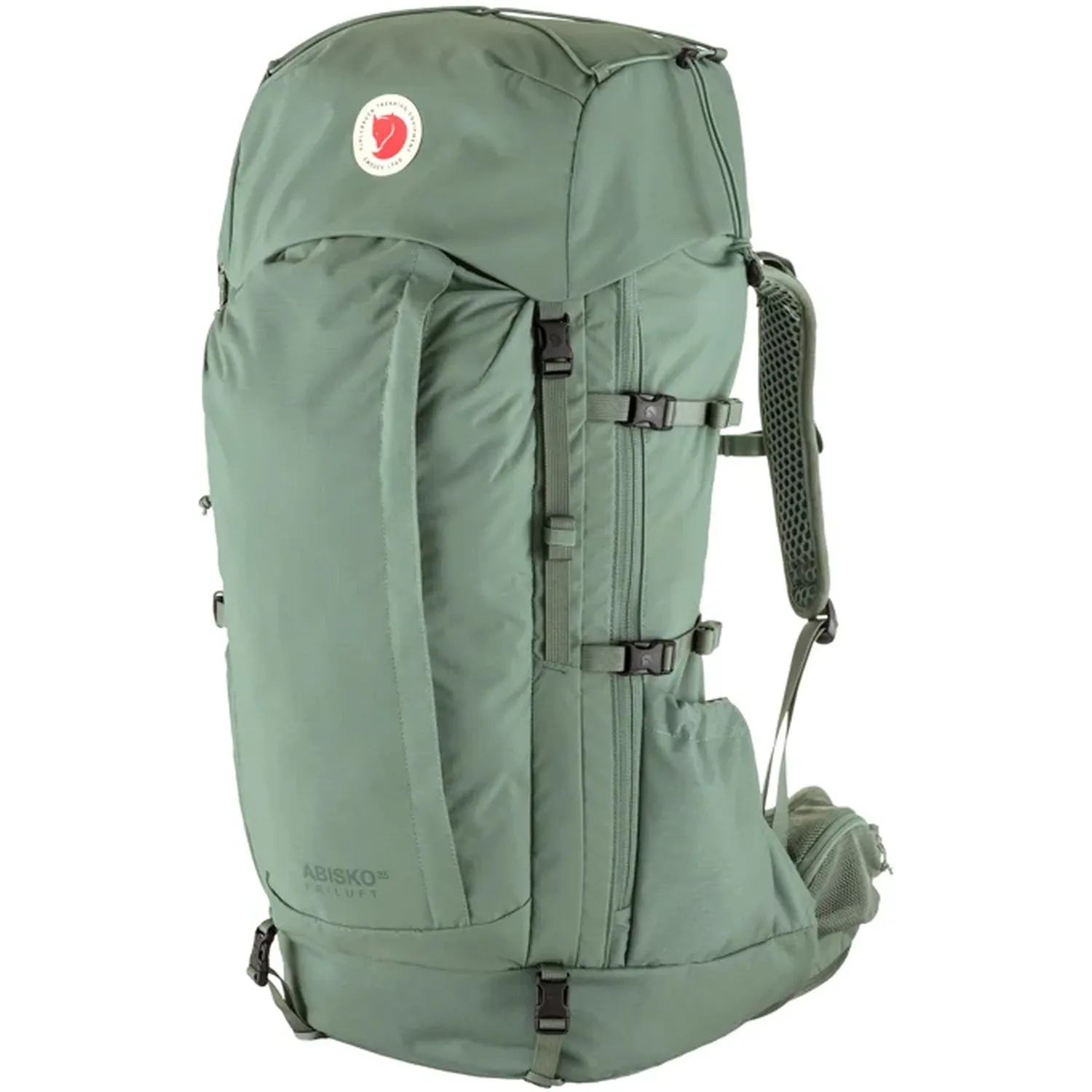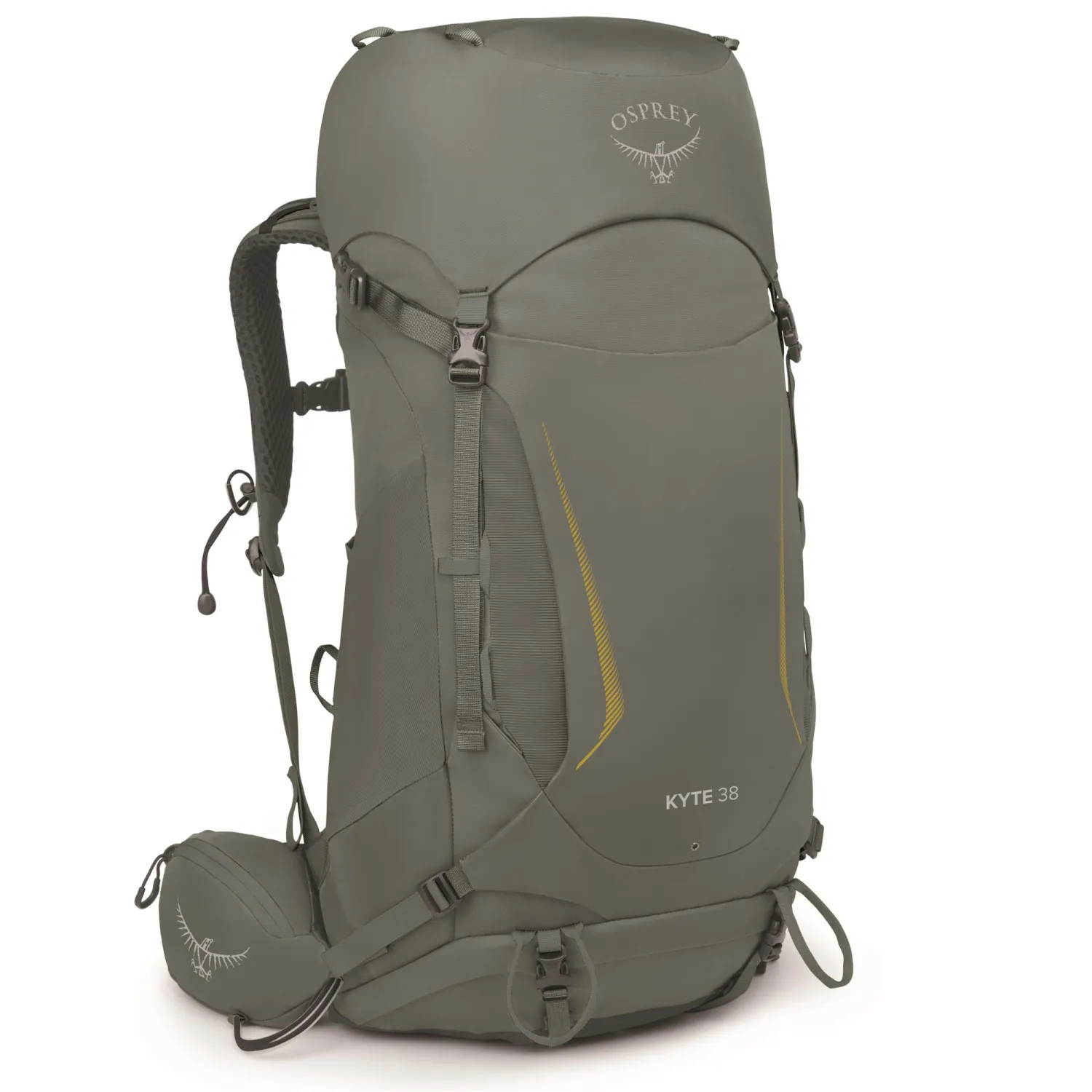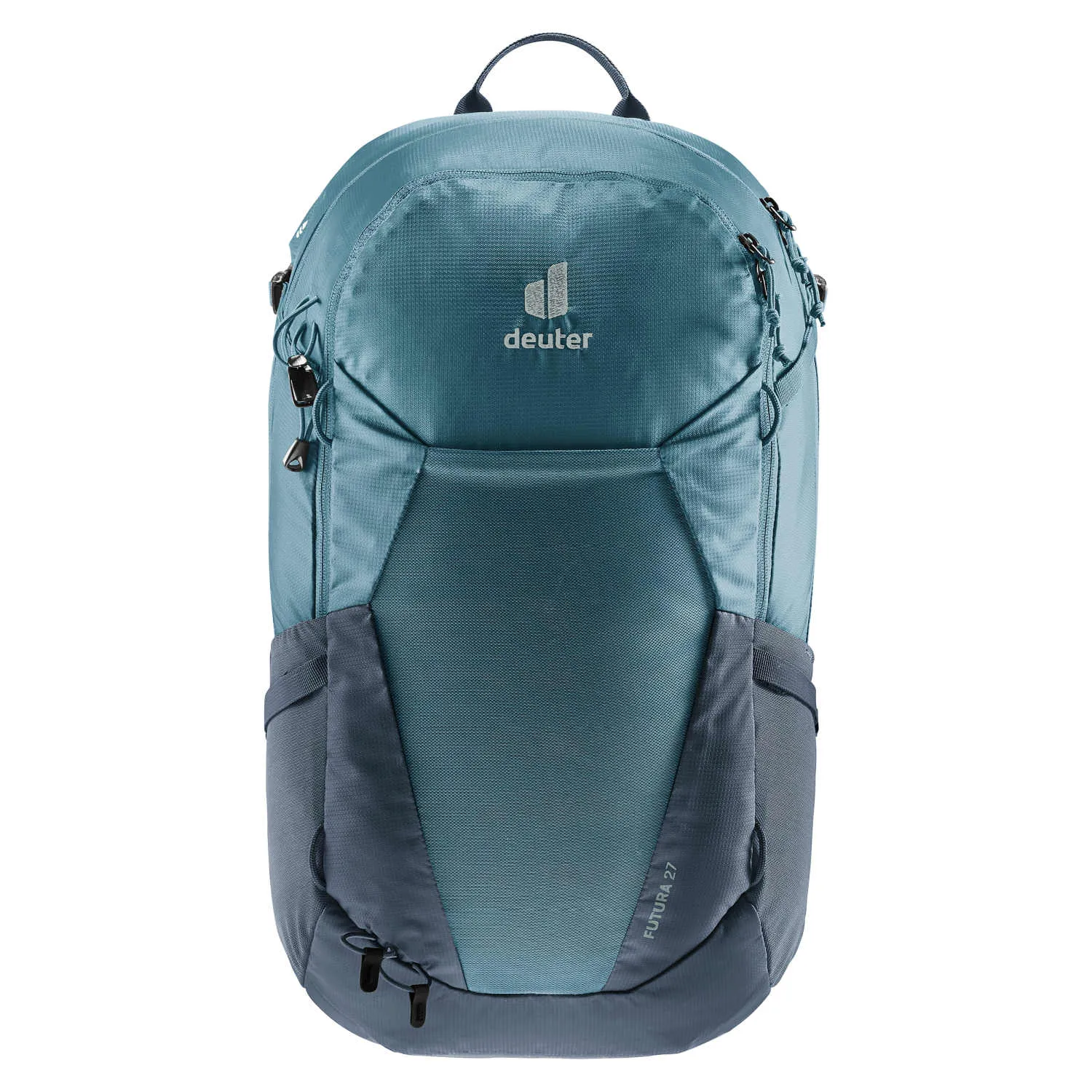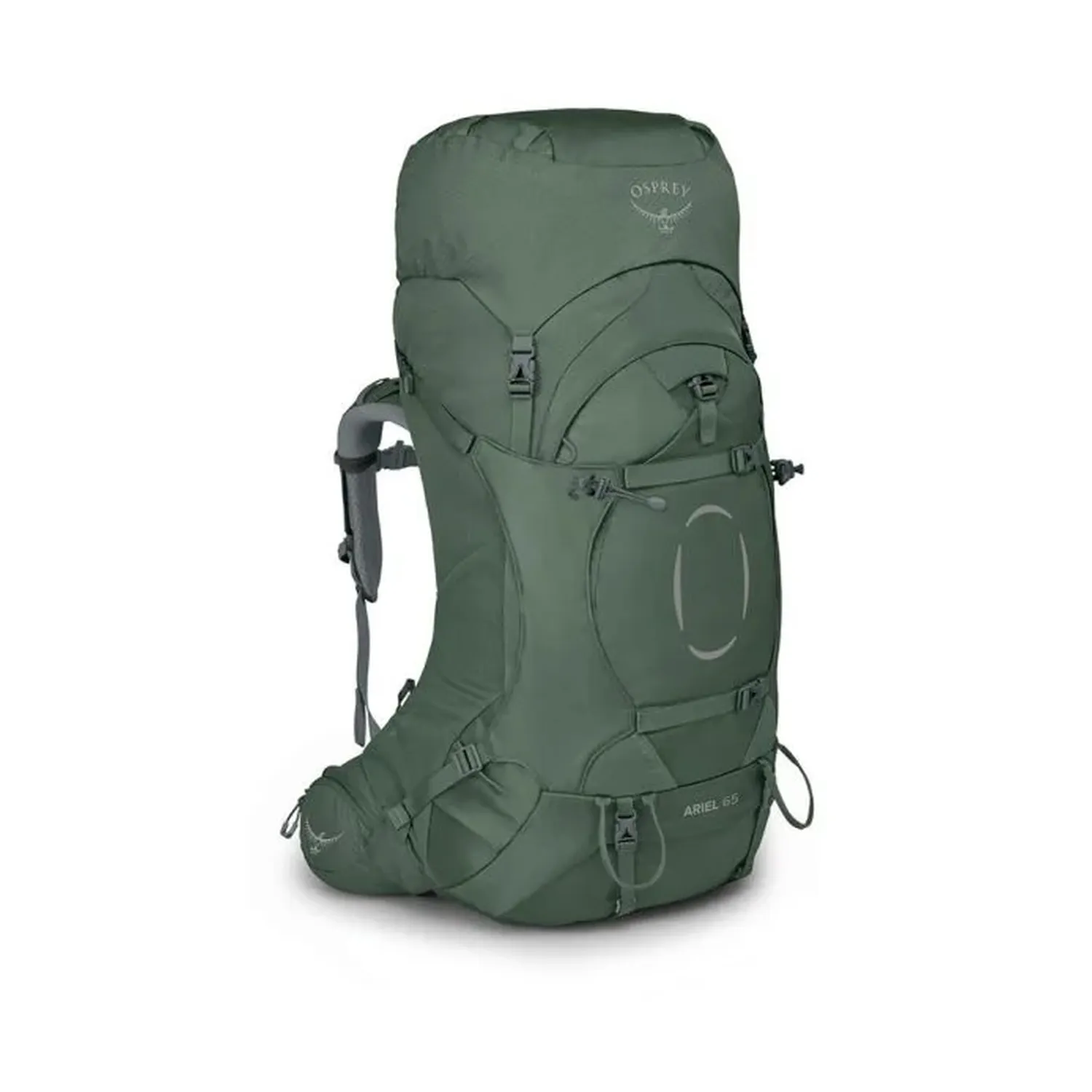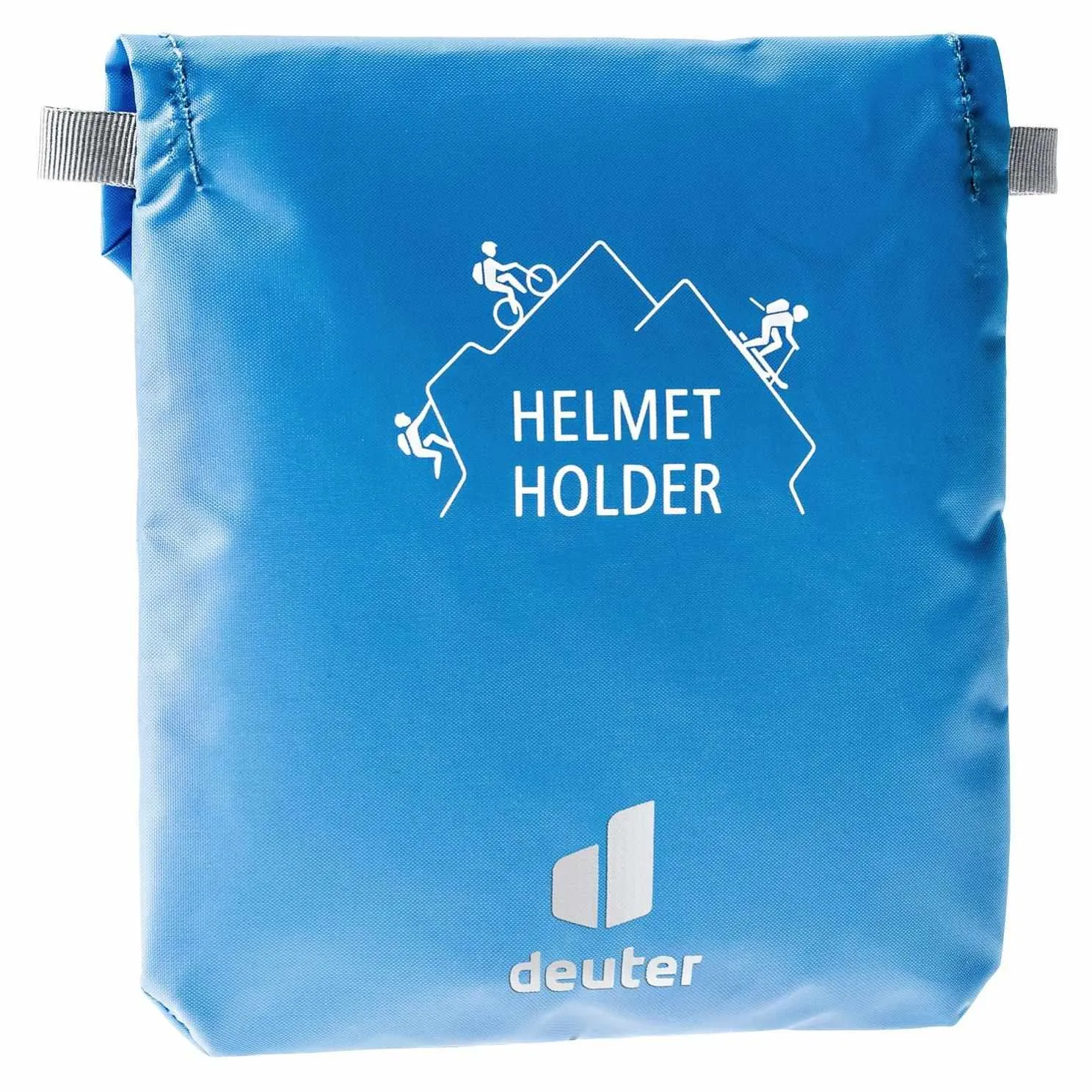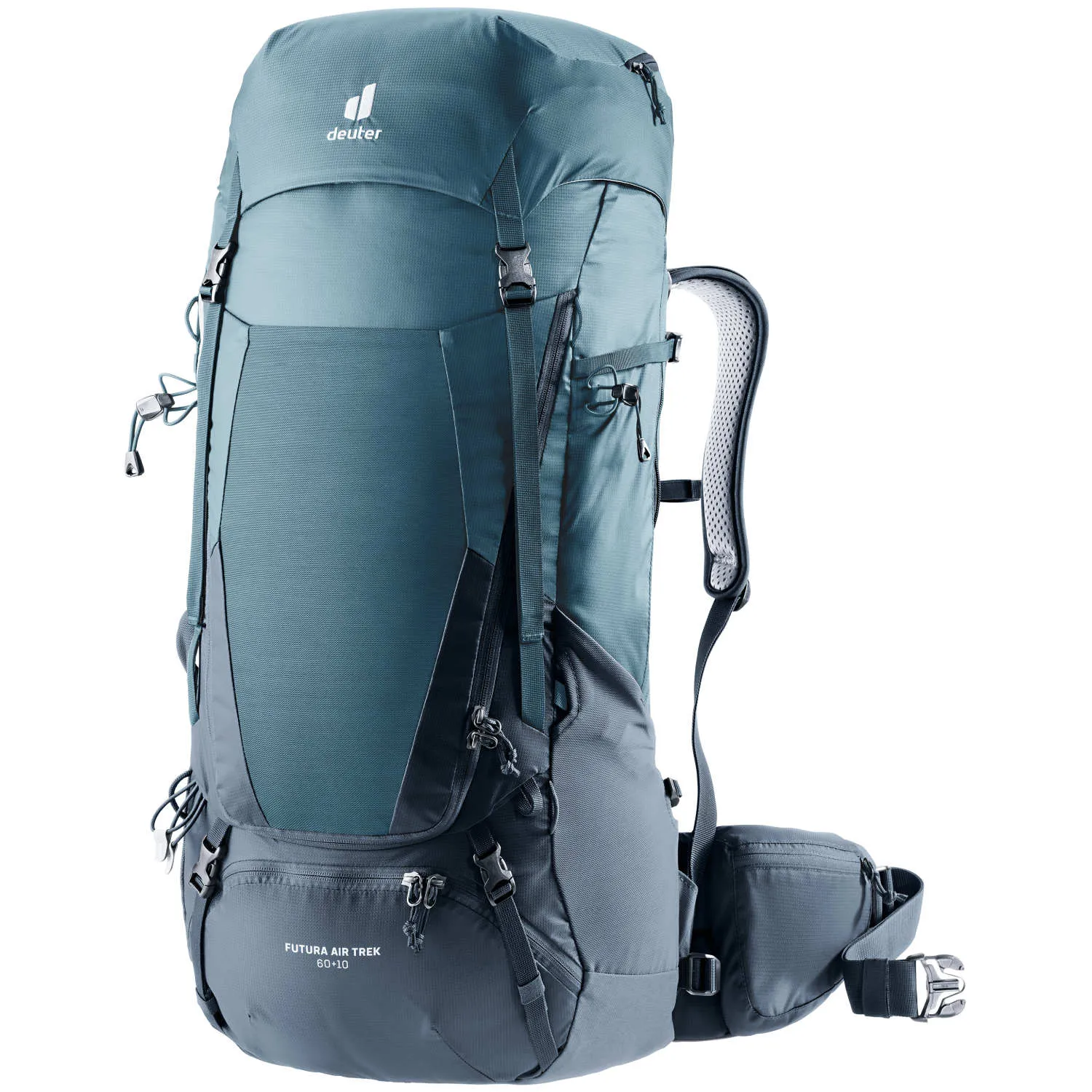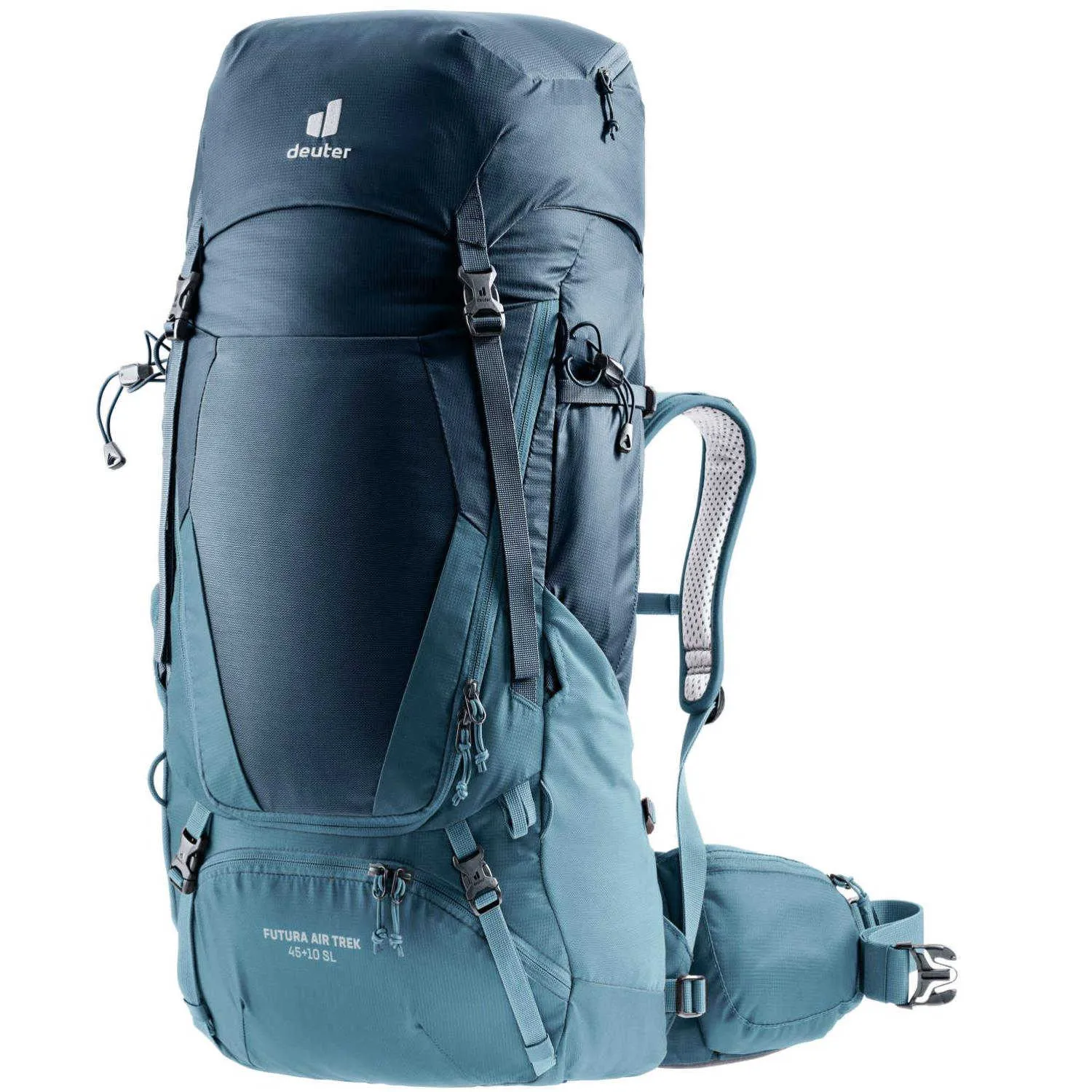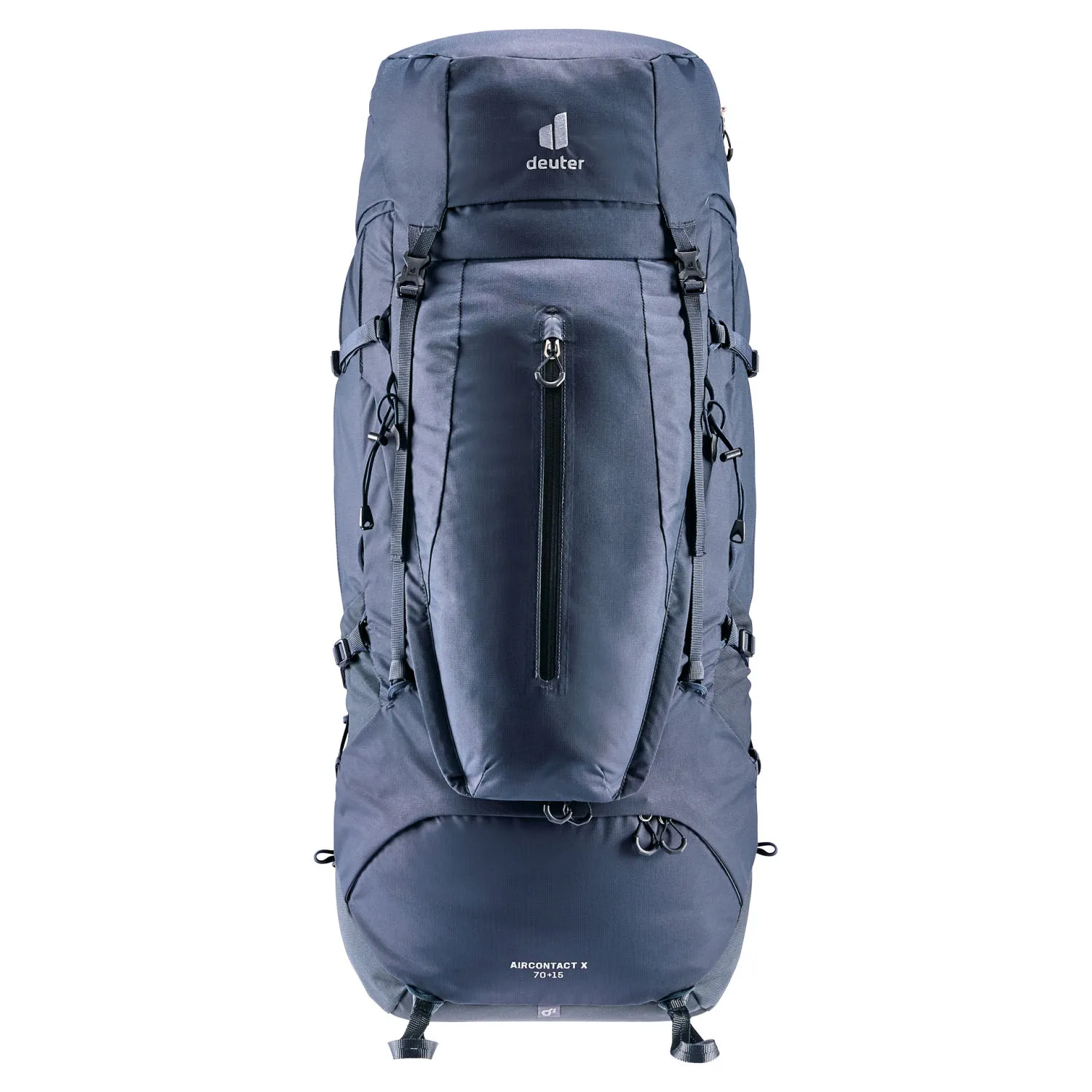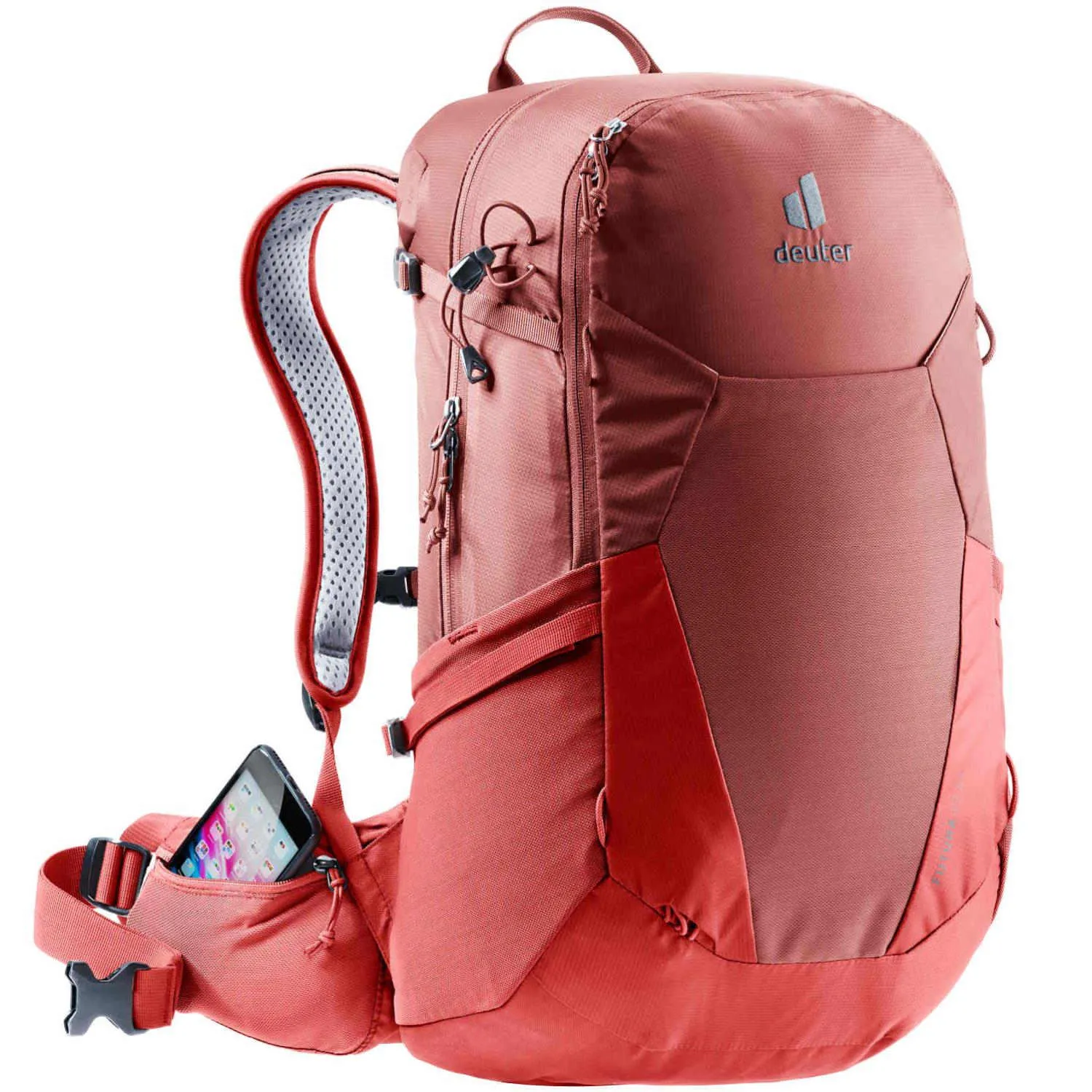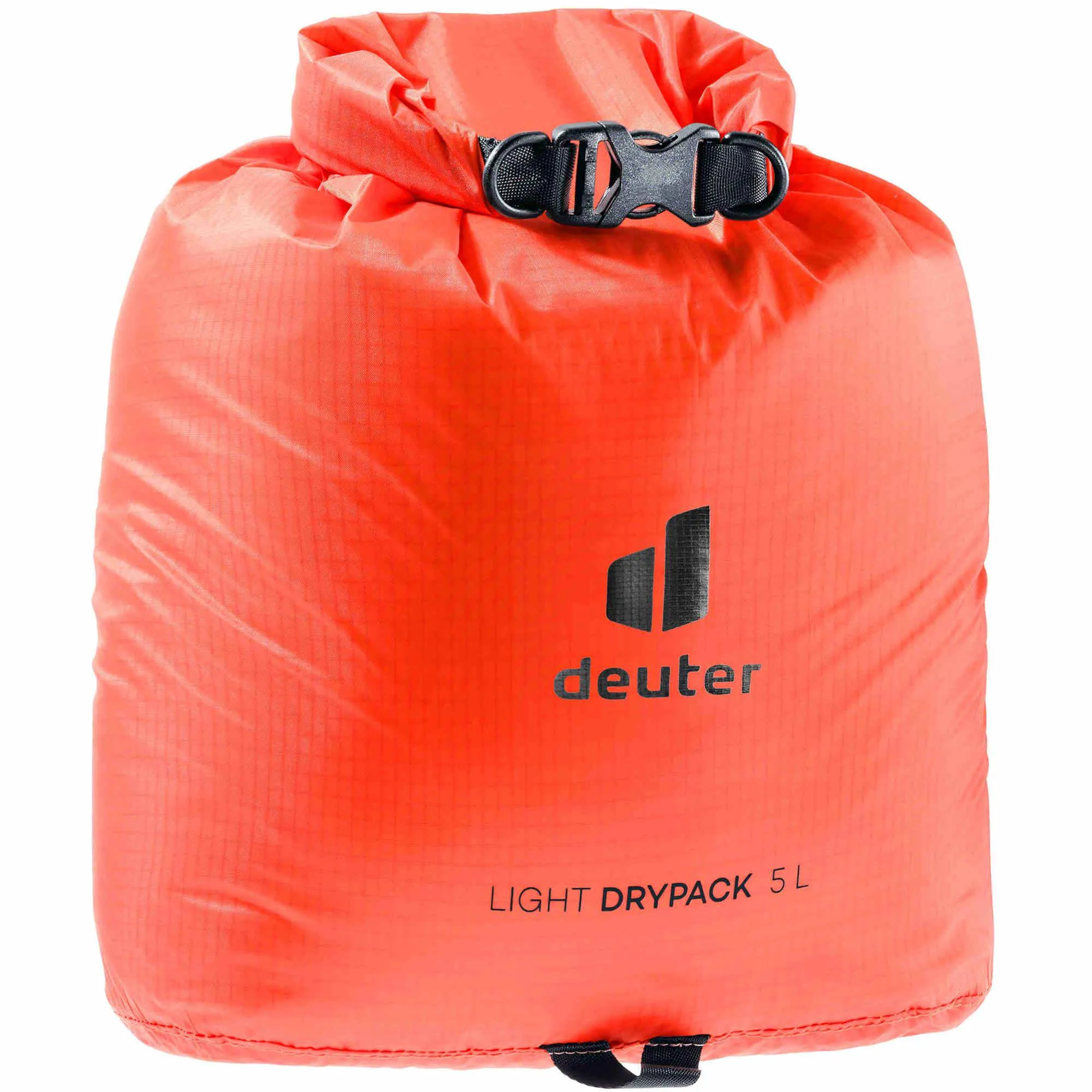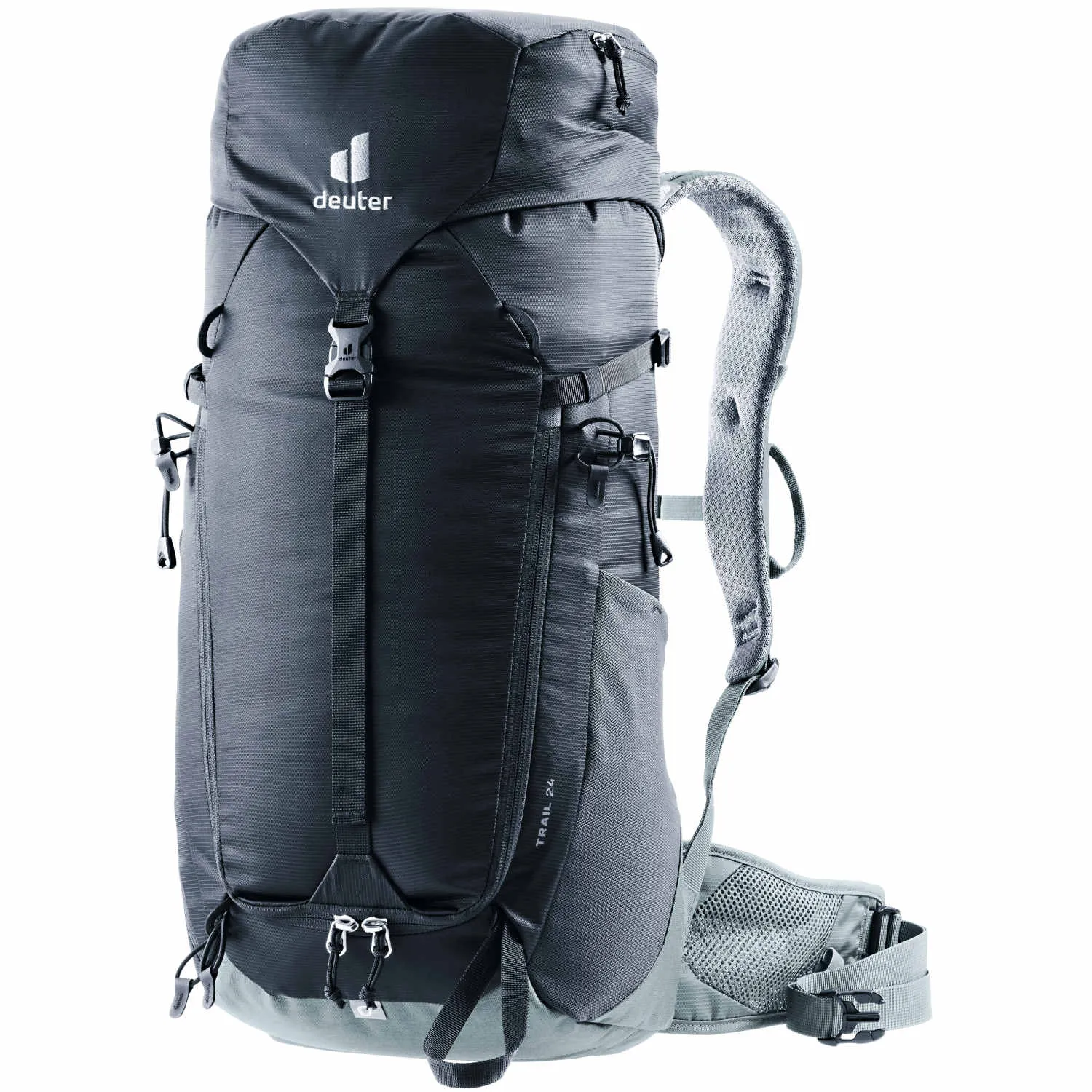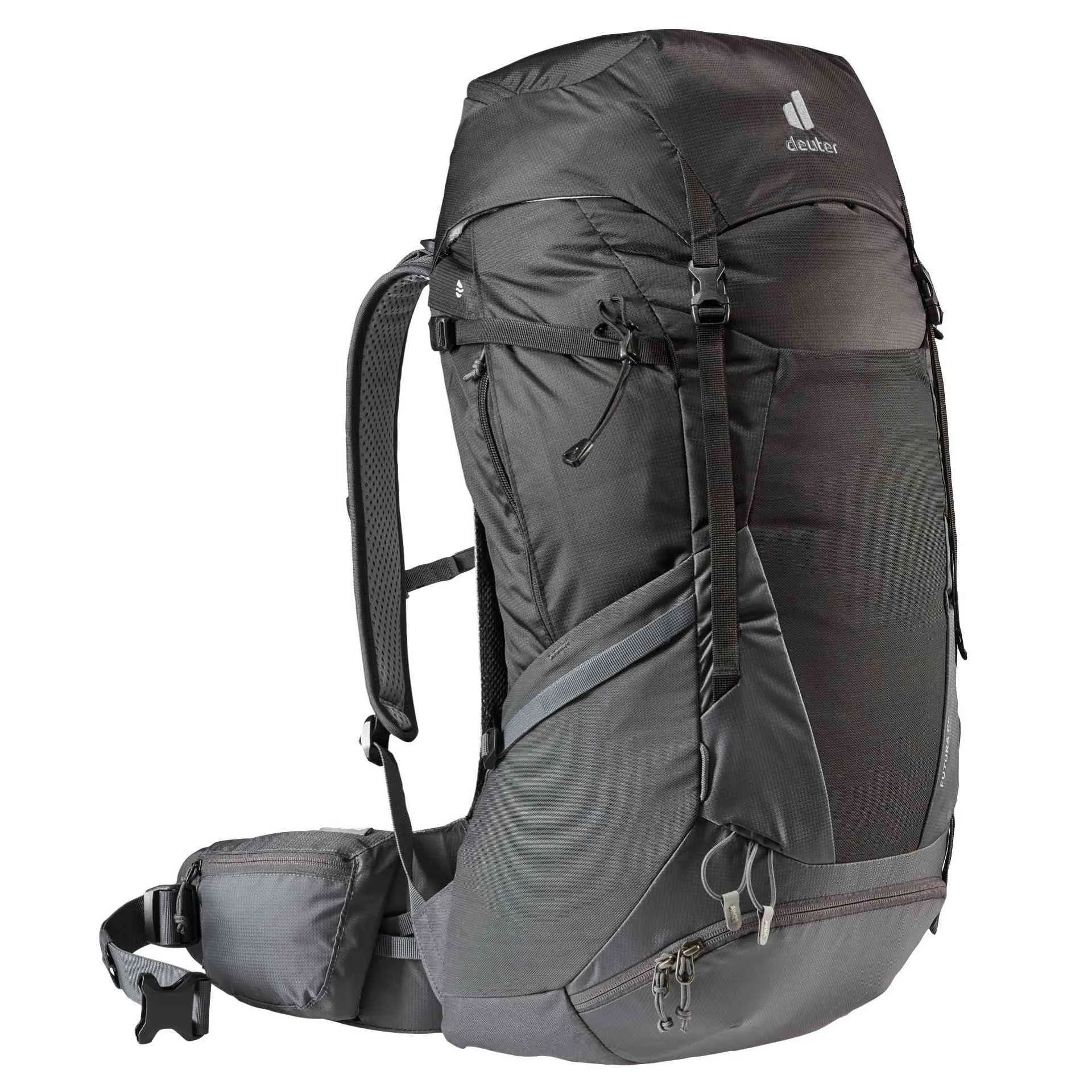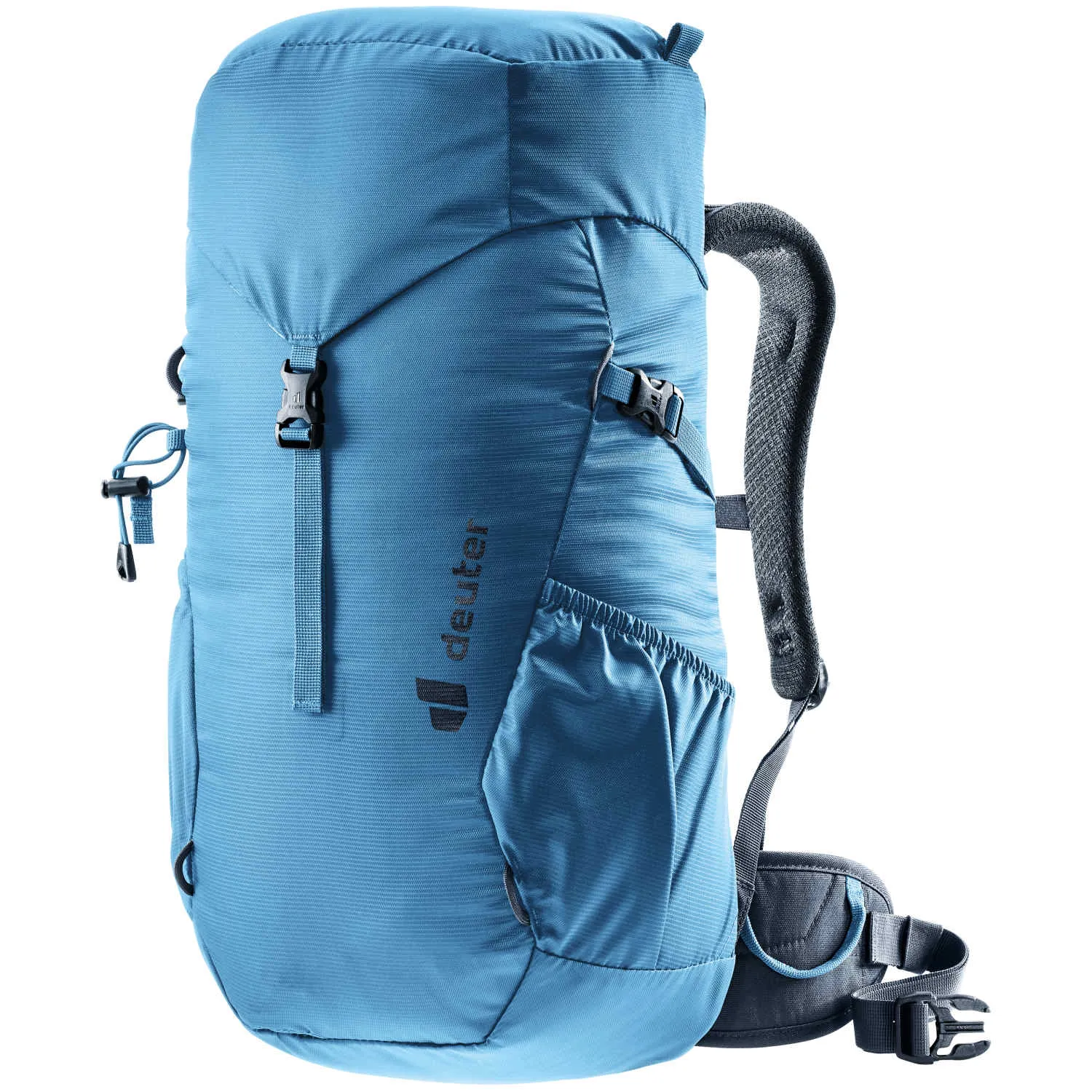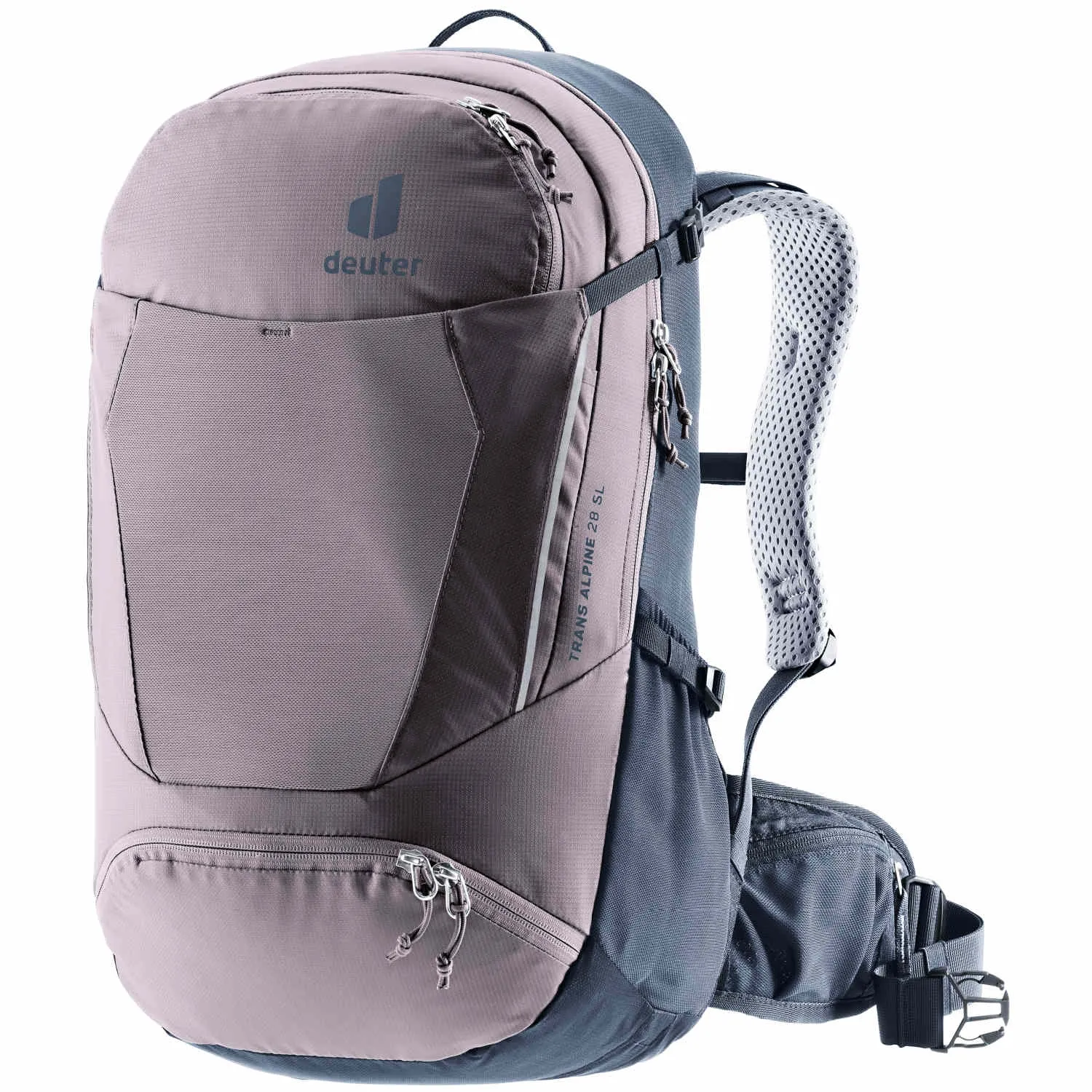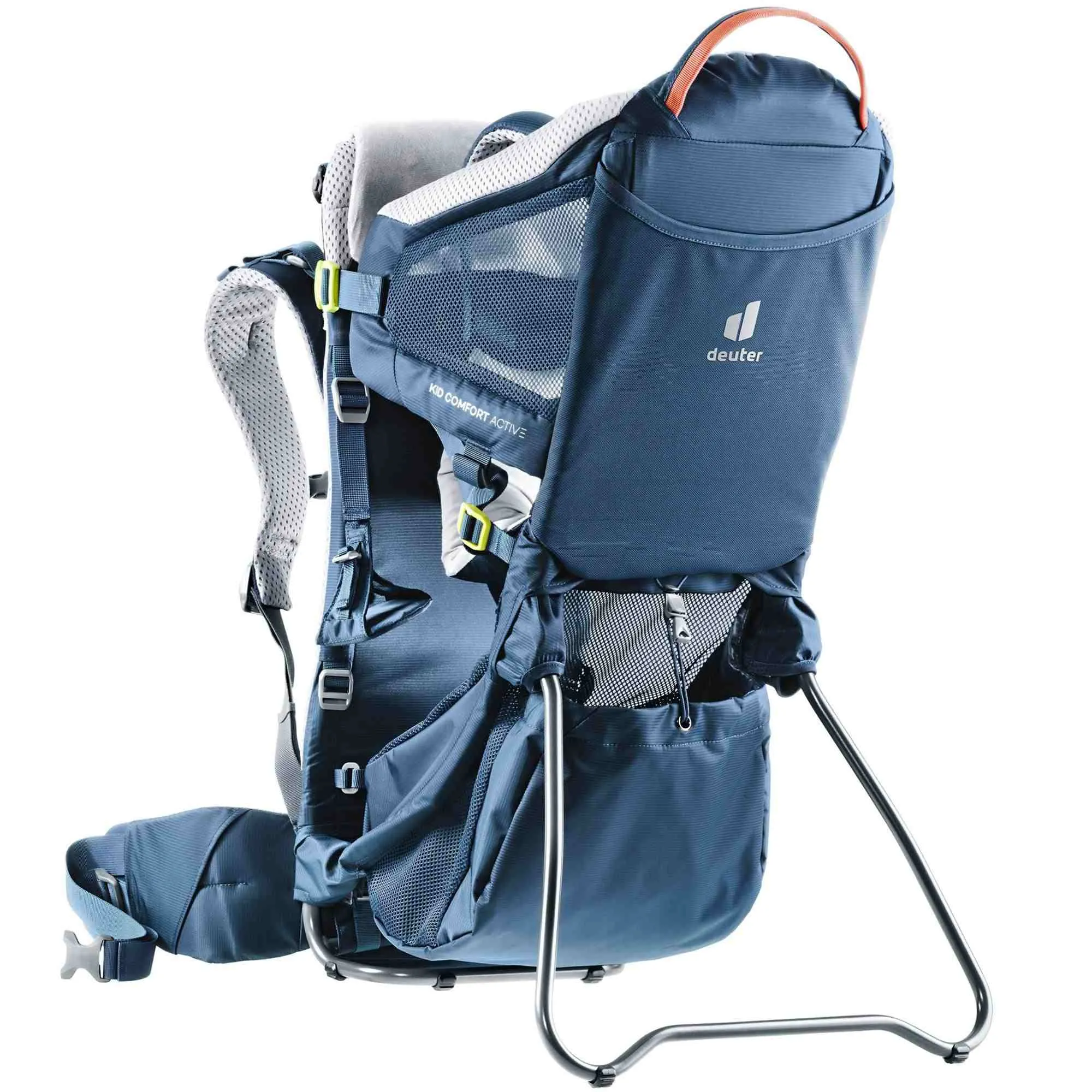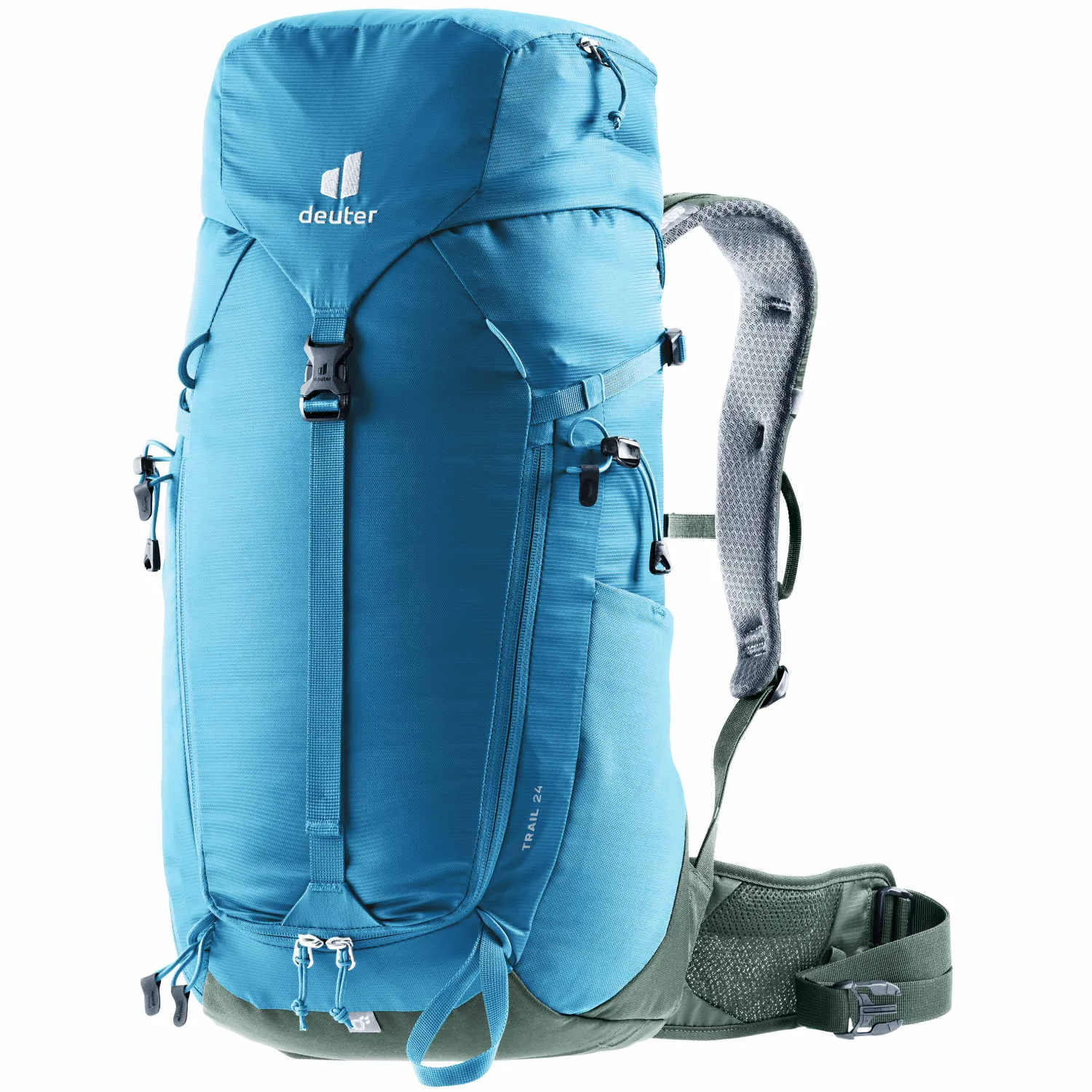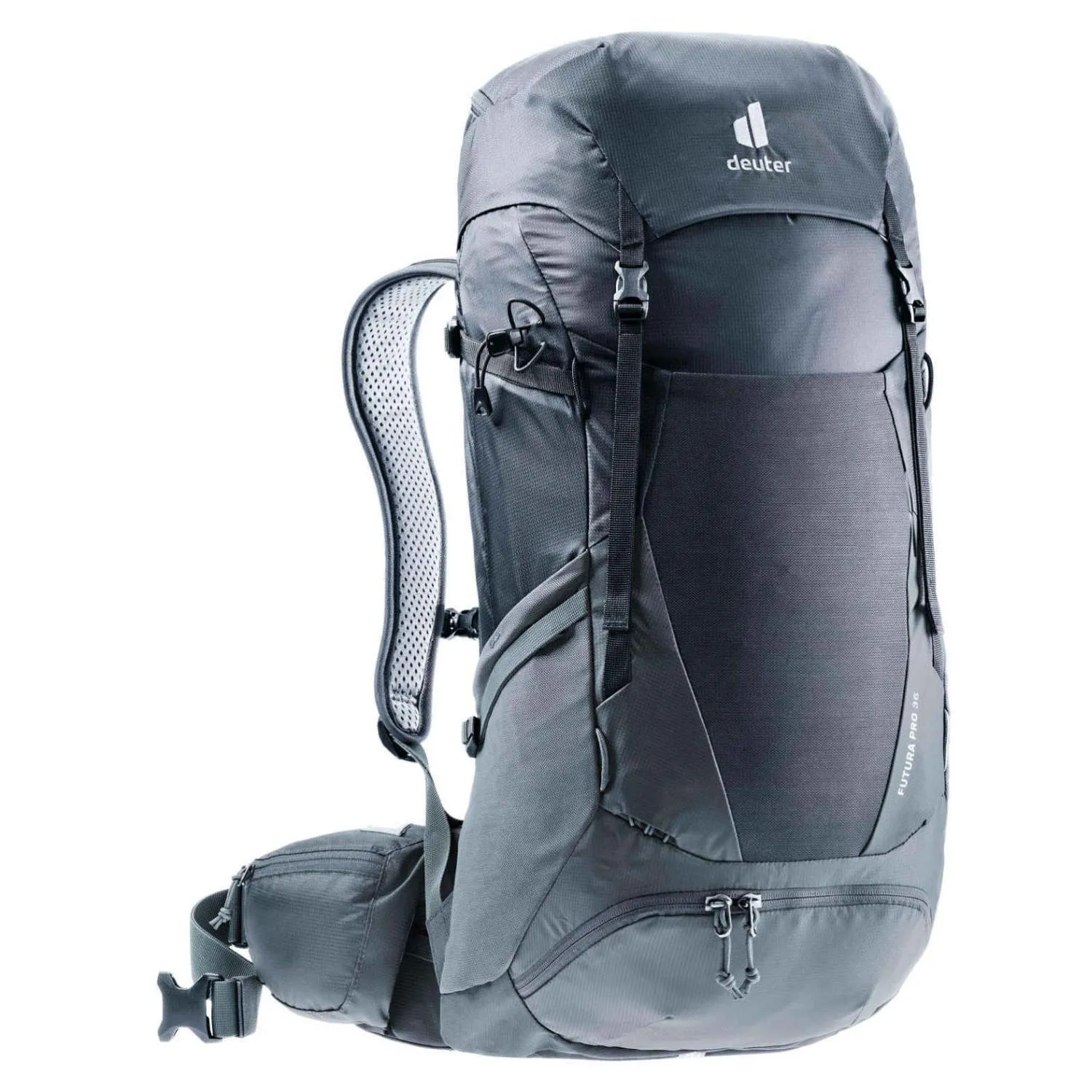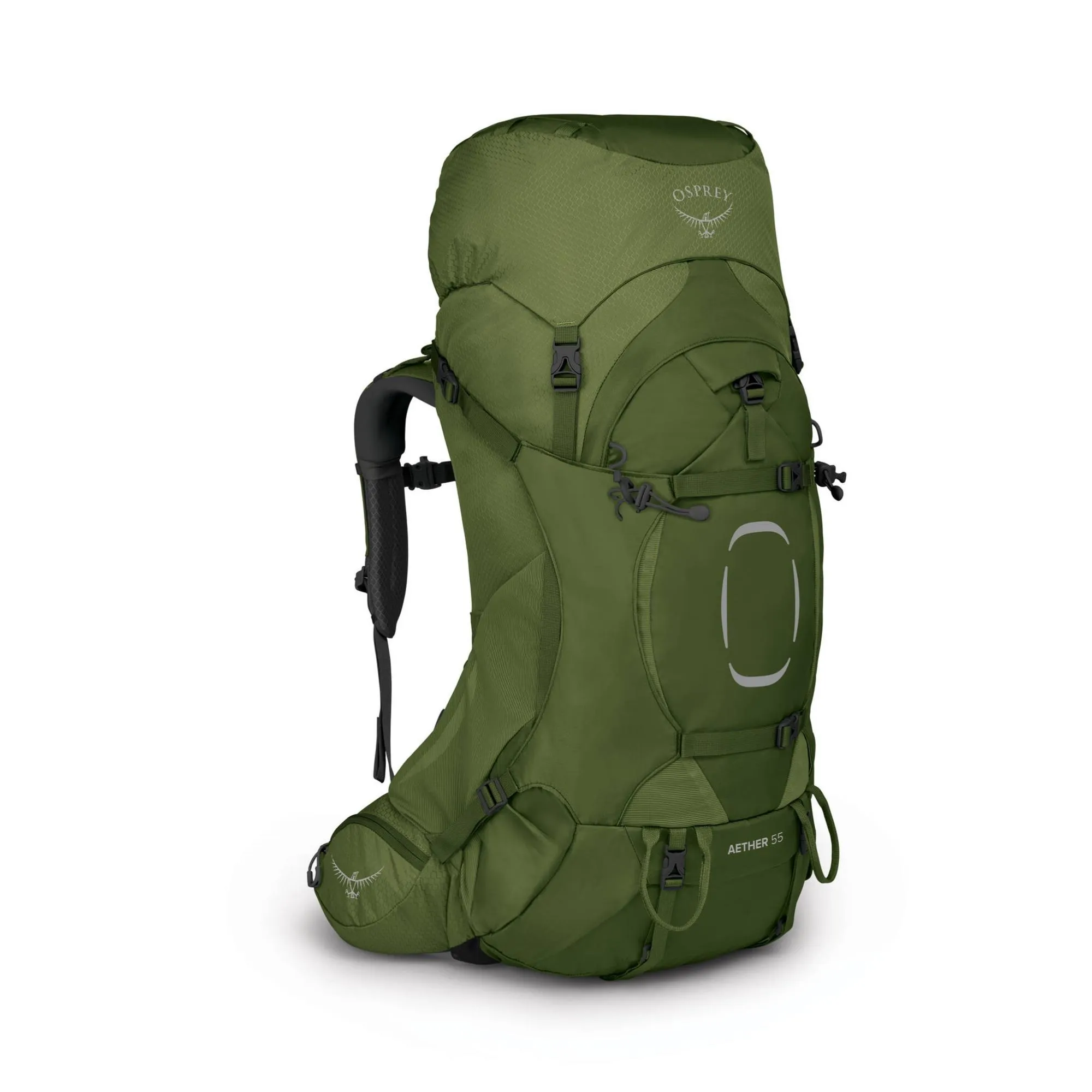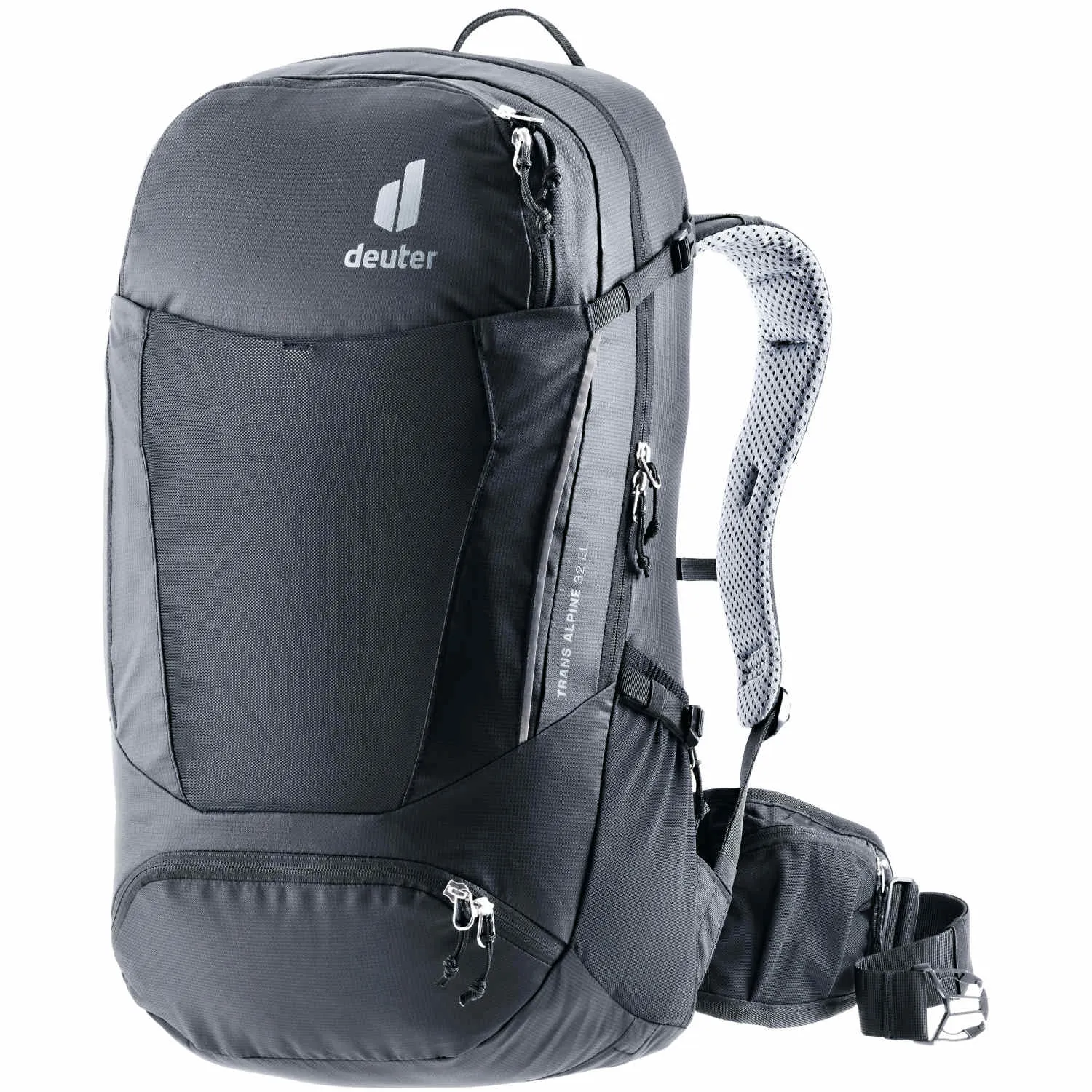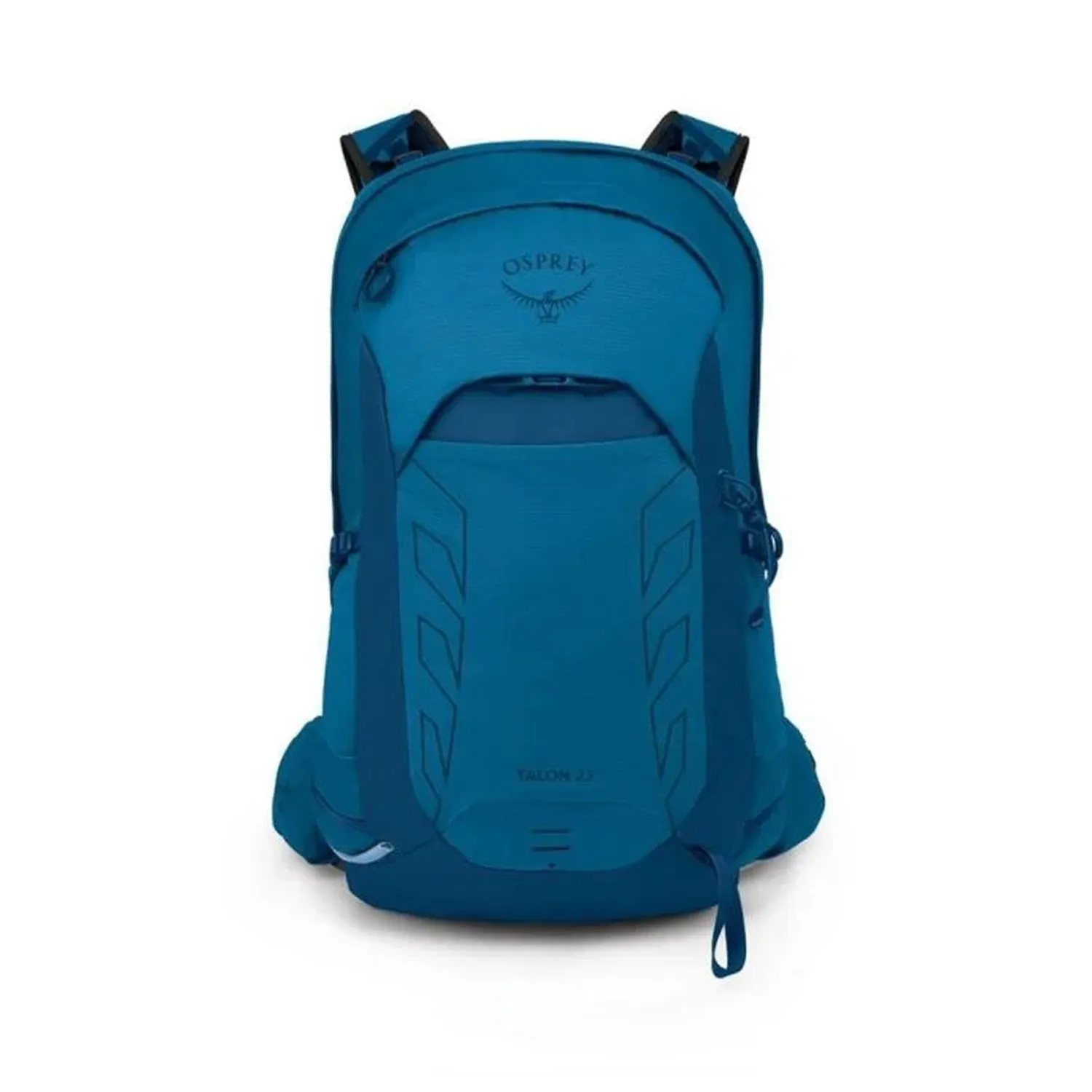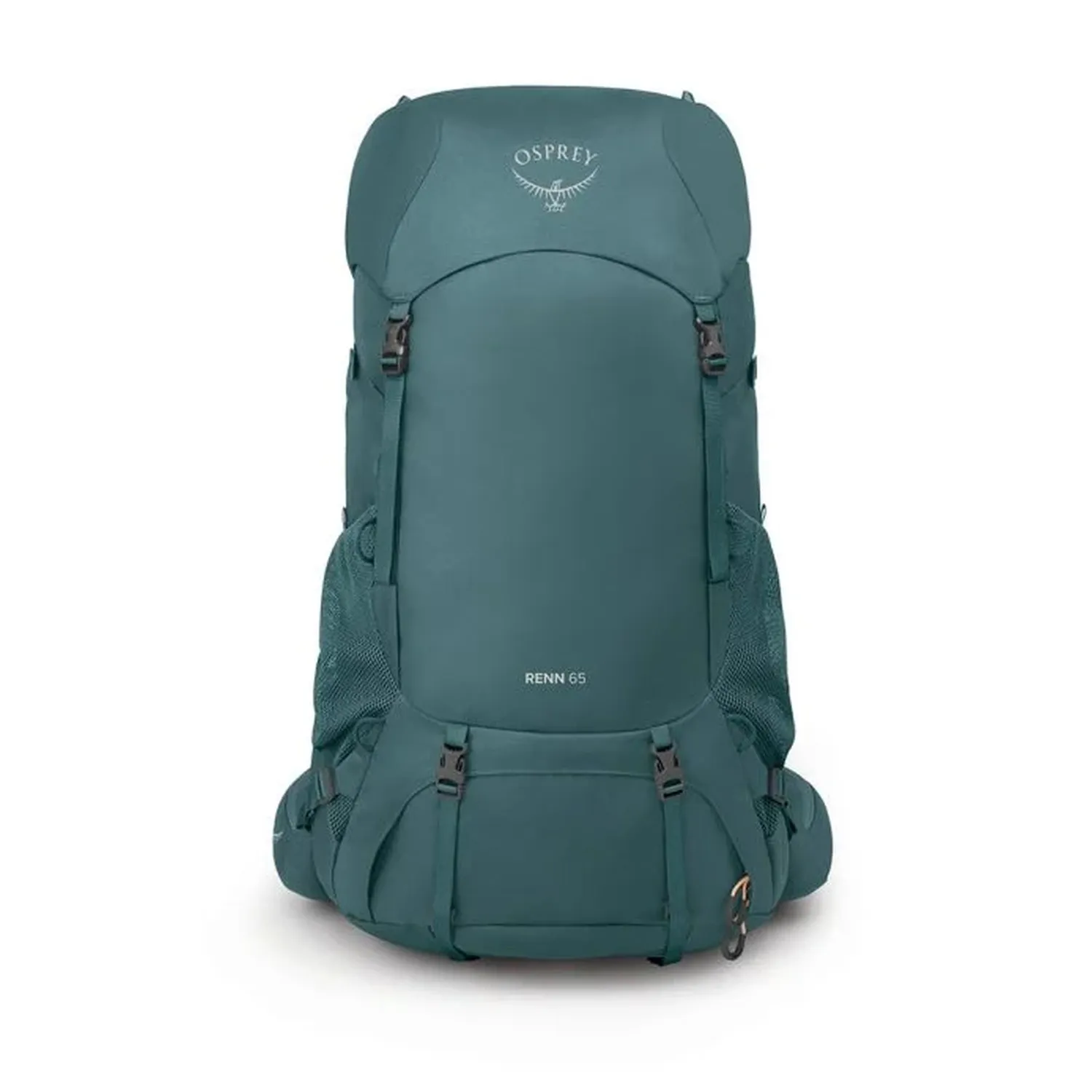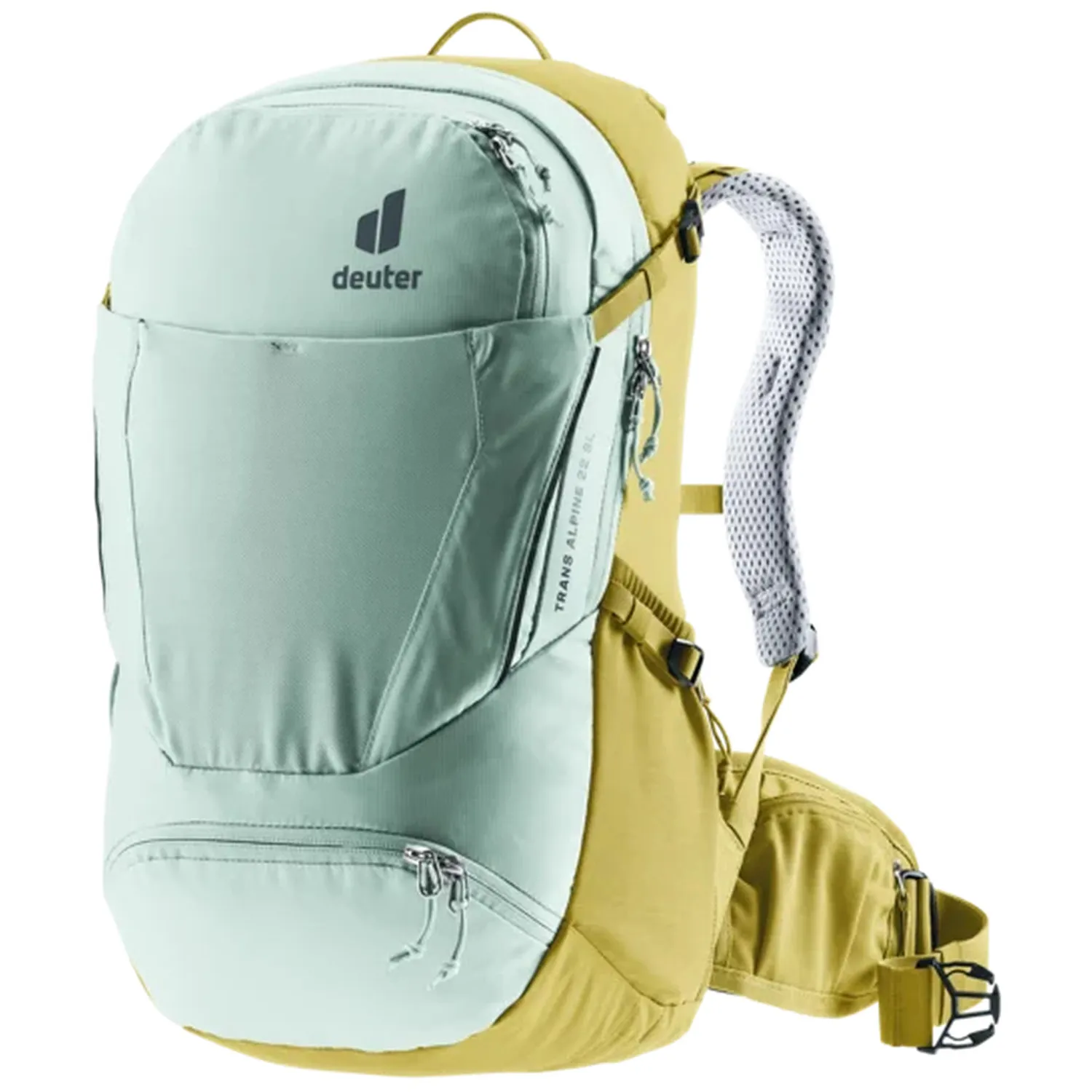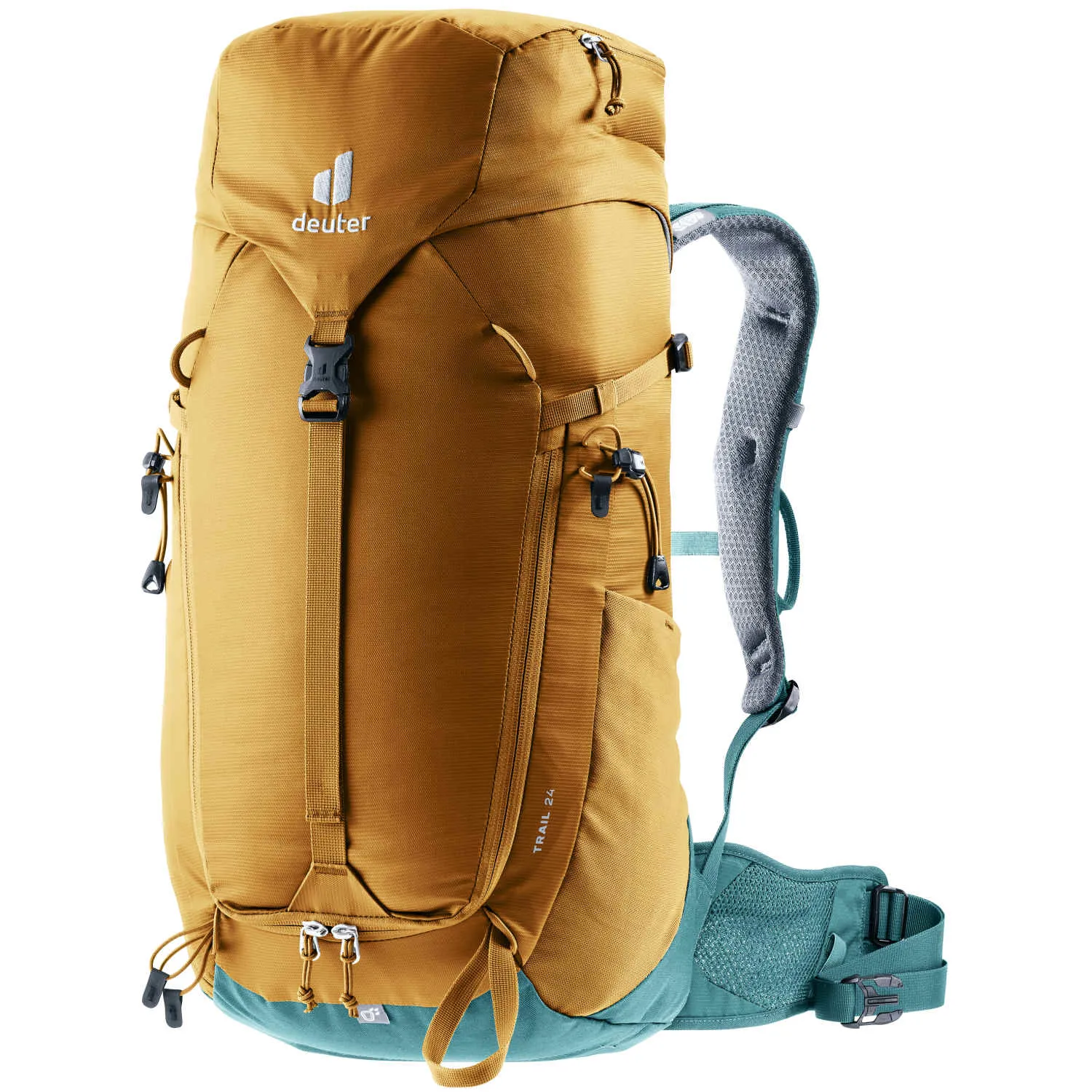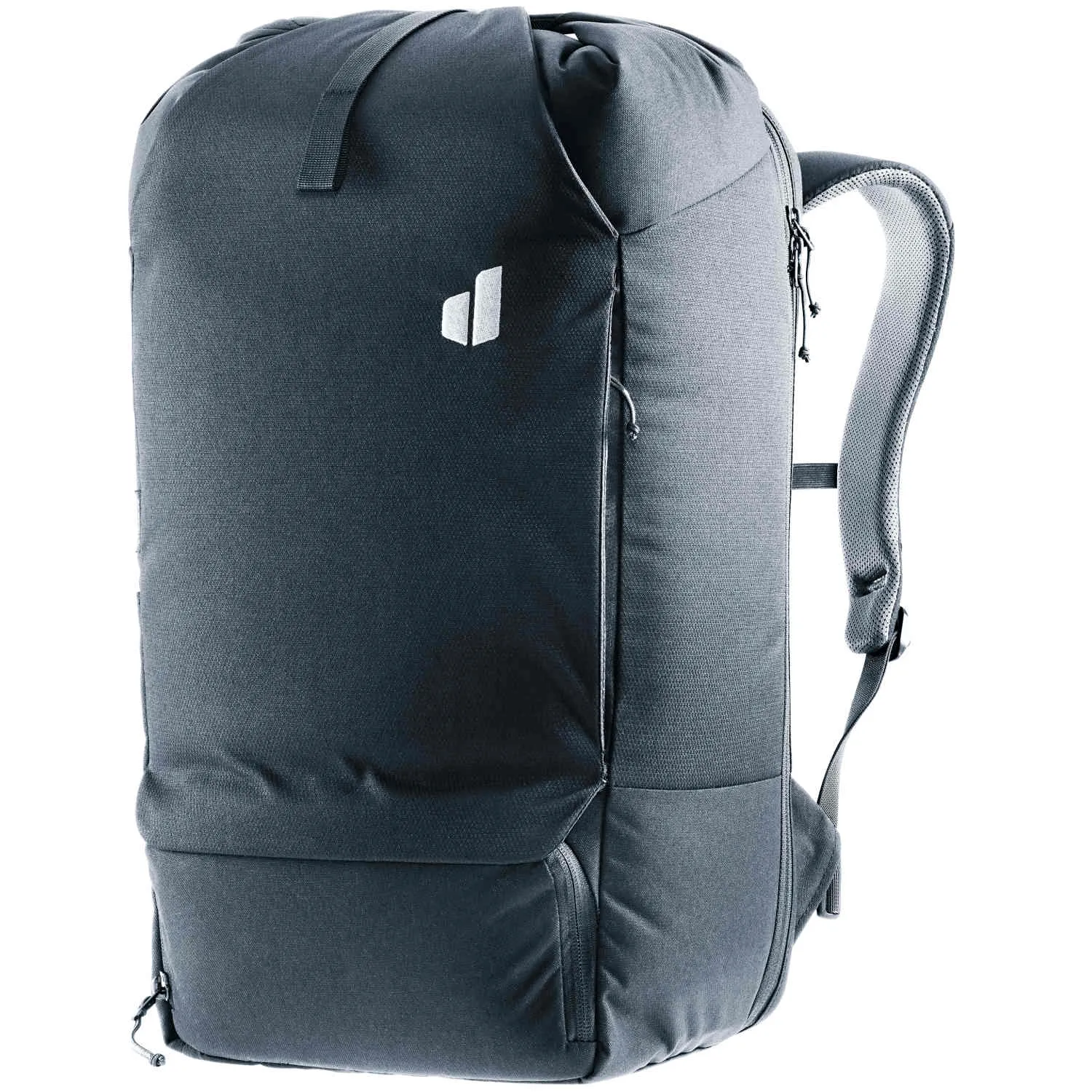Backpacks
Backpack models: The perfect backpack for every application
Not all backpacks are the same! There are different models and designs depending on the area of use:
- Daypacks / Daypacks: Daypacks are the ideal companion for every day. Whether for work, school or university - or for shorter hikes or day trips. Daypacks are the "all-rounder" among rucksacks.
- Hiking backpacks: Special hiking backpacks are perfect for a (day) hiking tour. These offer space for everything you need to carry with you on a hike. Hiking backpacks with a volume of 20-30 litres are usually sufficient for a day hike - but there are also larger models. Hiking backpacks are particularly functional - it is important that they fit well and are comfortable to carry.
- Trekking backpacks: Trekking backpacks are ideal for multi-day hikes. These are slightly larger than hiking backpacks - and are designed to carry several days' worth of luggage as comfortably as possible.
- Suitcase backpacks: If you are looking for a backpacks for travelling, a suitcase backpacks is ideal. These backpacks usually have carrying straps and a belt - and some even have a handle and wheels.
- Bike backpacks: Bike backpacks often offer an integrated hydration system - or back protectors. You can also usually attach a helmet to them.
- Hydration backpacks: Hydration backpacks are particularly useful for sporting activities, because with a hydration system you always have full concentration on the tour - and can still easily take in enough fluids.
- Laptop backpacks: If you're looking for a rucksack for work or university, you might find what you're looking for in laptop rucksacks. As the name suggests, these usually have a large laptop compartment. This means you can comfortably transport your laptop in the backpack.
- Climbing rucksacks: Climbing rucksacks are designed to be very robust - but are also extremely lightweight. They also offer sufficient fastening options for climbing equipment.
- Ski rucksacks: There are special rucksacks for ski and snowboard tours. These usually have fastening straps for skis or snowboards. Many ski backpacks also have additional extras such as a compartment for a shovel, ice axe and pole holders or a hydration system.
- Kids backpacksEven children can carry small backpacks - of course, it is important that they are not too heavy! Children's backpacks are naturally smaller than backpacks for adults - and adapted to the anatomy of children.
- Child carriers: Hiking with children? The easiest way to do this is with a child carrier.
- Packing bags: Packing bags are usually waterproof - making them perfect for outdoor adventures such as canoeing or kayaking.
Men's rucksack or women's rucksack: differences?
Many rucksacks differentiate between men's and women's models. Why? No, men's and women's backpacks are adapted to the anatomy of the different sexes. For example, women's backs are usually slightly shorter and narrower than men's backs. This means that the back section of women's backpacks is usually slightly shorter than that of men's models.
In addition, the hip straps of women's backpacks are more tapered, as women tend to have a wider pelvis and a narrower waist.
Backpacks for children - What should I look out for when buying a backpack for children?
- Padding: A rucksack for children should always be well padded - the straps should never chafe or be too thin.
- Adjustable shoulder straps: Children grow - and the rucksack can also grow with them to a certain extent. Adjustable shoulder straps help with this.
- Safety: Reflectors help children to be seen even in the dark!
- Make sure there aredifferent compartments: This helps to keep the rucksack organised - and children can find what they are looking for more quickly.
Backpack accessories: What do I need?
There are also a number of accessories available for rucksacks. Rain covers, for example, are practical. They prevent the rucksack and its contents from getting soaked. There are also hydration systems that can be integrated into a rucksack with a corresponding device. Extra shoulder pads provide additional comfort for backpacks with narrow carrying straps.
Cleaning your backpack - how to make it last longer!
- Is your backpack dirty? When cleaning your back pack, you should follow these rules - to enjoy your backpack for as long as possible:
- Do not wash the backpack in the washing machine!
- If the rucksack is wet, hang it up (open) to dry . You can also stuff it with newspaper to help it dry a little faster.
- Before you store the rucksack, it should definitely be completely dry.
- If the rucksack is dirty, try to remove it with a brush or damp cloth.
- The following applies to leather rucksacks: There are special care products for leather, which you should use to treat your rucksack regularly.
- To ensure that the zips last a long time, you can spray them with a little silicone spray every now and then.

























